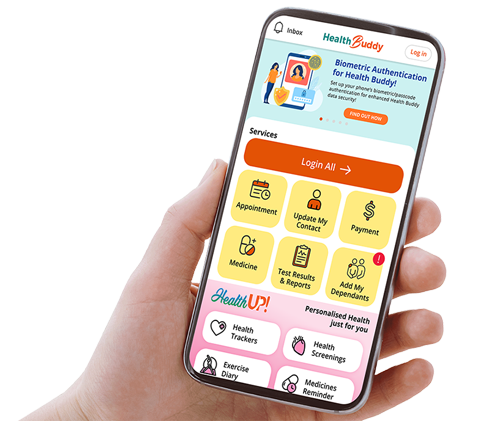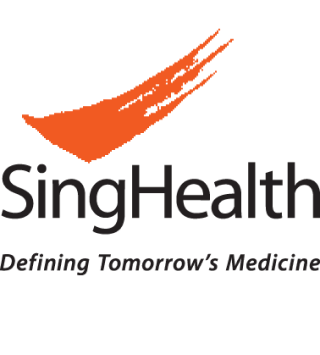Singapore National Eye Centre will NEVER ask you to transfer money over a call. If in doubt, call the 24/7 ScamShield helpline at 1799, or visit the ScamShield website at www.scamshield.gov.sg.
Non-English translations are machine-generated; verify independently for
potential
inaccuracies.
Let us help you find what you’re looking for.
Eye researchers develop imaging tool to accurately determine high myopia risk in children
12 Sep 2023
- The tool acts as a biomarker for high myopia, and can provide a reliable guide to the timing of treatment for patients who are at risk.
- This study is part of Singapore National Eye Centre's and Singapore Eye Research Institute's continuous efforts to reduce the incidence of local high myopia cases and its associated pathological complications.
Singapore, 12 September 2023 – Scientists at the Singapore Eye Research Institute (SERI) are developing an imaging tool to enable eye care professionals to determine the risk of children getting high myopia (above -5.00 dioptres). The researchers hope that this would improve treatment decision-making by ophthalmologists, allowing them to identify the best time for patients to receive intervention for high myopia. This is one of the latest myopia studies by SERI and the Singapore National Eye Centre (SNEC) that work toward improving myopia management and the long-term goal of bringing down the rates of high myopia among children locally, thus preventing sight-threatening complications in adulthood.
Dangers of high myopia
While refractive error can be corrected by spectacles, contact lenses, or surgery, unmitigated progression to high myopia can lead to increased risk of developing sigh-threatening complications. Recent studies report that 10 to 30 per cent of patients with high myopia develop associated pathological complications later in life, such as myopic maculopathy and optic neuropathy, which lead to irreversible visual impairment.
The need for biomarkers to reliably predict myopia progression
The sclera (white part of the eyeball), is a dense, collagen-rich and mechanically strong tissue that coats the eye and protects its internal structures. When myopia develops, the sclera at the back of the eyeball becomes thinner and weaker, and enlarges in surface area. This results in the excessive elongation of the eyeball, causing impaired vision (short-sightedness). As such, examining the sclera at the back of the eye could provide more information on a patients' risk of high myopia. However, there is currently no known method to inspect this part of the eye in vivo.
The researchers are thus looking to develop the imaging tool as a biomarker to capture how patients' scleral collagen structure changes at the back of the eyes, to enable clinicians to evaluate myopia status, predict its progression, and identify scleral weakening and potential risk of pathological changes. Initial results of this study were published in Nature Biomedical Engineering in June 2023, with an accuracy of about 85 to 90 per cent.
"High myopia is prevalent in Singapore, and is associated with severe visual complications, especially among the older population. There is an urgent need to address this issue because, while majority of highly myopic patients are still young now, it will become a major problem and cause of blindness in the future. The biomarker we are working on aims to help us understand, with high accuracy, which child will develop high myopia, and the most appropriate time and type of treatment for him or her," said Professor Leopold Schmetterer, Scientific Director and Head of Ocular Imaging at SERI.
The new imaging tool will leverage optical coherence tomography (OCT) technology, which is a rapid, non-invasive way of imaging the eye, and can be safely performed to identify children at risk of developing high myopia. This new imaging tool could also be implemented in primary eye care settings, like optometry practices and or general practitioners. The results could be generated immediately for the primary eye care provider to give further advice, or a referral to a specialist if necessary.
"In the longer term, this technology could enable ophthalmologists to better determine the optimal time for a child with myopia to receive treatment to mitigate progression; or identify individuals at risk of developing myopia-related pathology that can lead to visual impairment," said Associate Professor Marcus Ang, Advisor, Myopia Centre, SNEC.
In order to establish longer term results, the researchers will be embarking on longitudinal studies among two cohorts of children (six to eight years old, and 11 to 13 years old) for two years.
Stay Healthy With
11 Third Hospital Ave, Singapore 168751
© 2025 SingHealth Group. All Rights Reserved.
















